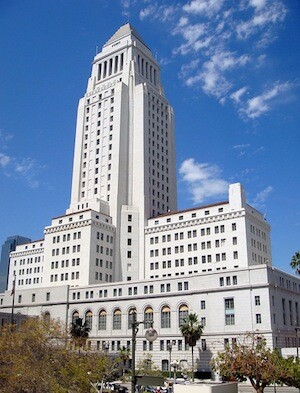Would Adding More Politicians to the City Council Help Los Angeles?

I know what you're thinking: The last thing we need is more politicians. You might say, even if our elected officials didn't get us into this fiscal mess, they haven't done enough to get us out. Los Angeles needs money; it has too many expenses for its revenue. We've cut services for city residents and pay for city workers.
So why on earth should we hire more politicians? Should we consider expanding the size of our fifteen-person city council? A recent Los Angeles Times Editorial says yes.
Currently there are almost four million people living in Los Angeles, which means each city council person represents approximately 267,000 people. In the 1920s, when the size of the city council increased from 9 to 15 members, L.A.'s population was 576,000, less than the size of two of today's 15 city council districts. Back then each city council person represented about 38,000 people; today each represent 15 times more people.
Are each of those more than a quarter million city residents sufficiently represented on the local level by one city council member? Maybe not. So many different areas, communities, and interests are lumped together that meaningful representation would appear to be hugely challenging.
I'm not proposing that we have 15 times as many city council members to account for 15 times more residents in each district, but exploring the idea of adding a few more seems entirely reasonable. But I'll end where I began: Adding more members of a very unpopular group, politicians, will be a difficult sell but one well worth investigating.


